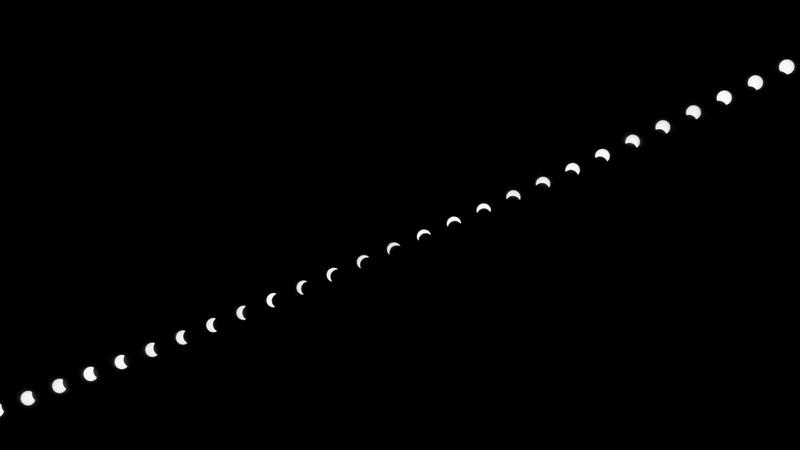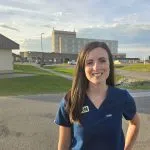
A total eclipse of the sun is coming in April, Sask. to see partial
A vision not witnessed by Canadians in roughly 45 years is about to inspire awe in those who are able to see it in totality.
On Mon., April. 8, a total eclipse of the sun will track across Canada. In Saskatchewan, however, a partial eclipse will be seen and for those planning to watch it, be sure to either have eclipse glasses on or take some advice from Bonnie Tyler: turn around and protect your bright eyes.
“The thing about a partial eclipse, there is no safe time to look at it without protection for your eyes at all,” said Tim Yaworski, member of the Royal Astronomical Society of Canada.
The eclipse’s path will take a route from Mexico, cut diagonally across the United States and into the Niagara Region before skirting along the border into the Maritimes. For those people lucky enough to be on that path, they will be able to see totality unprotected.


